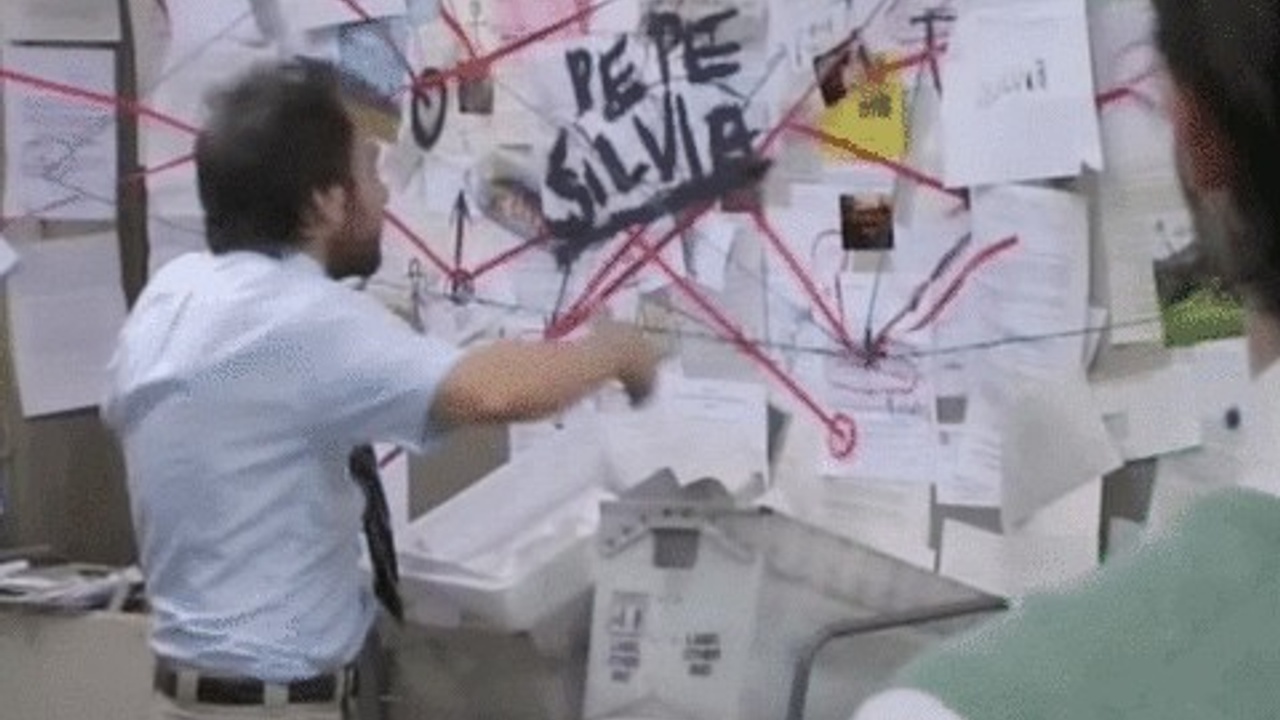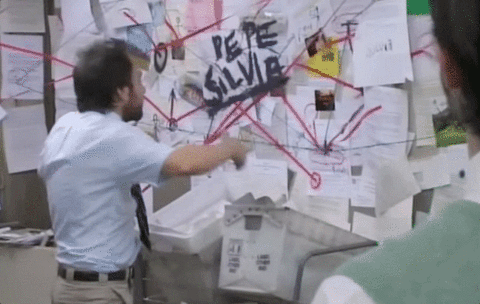Strength Balance Application
Jun 20, 2022
It’s no secret I’m a performance biased provider. I love helping fit people do what they love to do… stay fit. It’s been my desire to fulfill this mission even prior to PT school. That being said, it’s ALWAYS important to relate fitness related activities to what we do outside the gym. A blend of the two aspects is the preferred process.
As I was training the other day, I noticed something… my left arm is noticeably weaker than my right. It’s obvious why this is important in the gym. When I’m pressing bilaterally, I’m going to be limited by my weaker side. An easy task to tackle. But, I started to think, how is this affecting me outside the gym. The most notable carry over effect for me personally is my golf game. With a right handed swing, my left arm is a pretty important lever to control the club and hit the ball far (when I actually make decent contact, but that’s an entire newsletter in itself).
Being a good rehab professional or coach means you can take your applications and apply them in the gym or clinically. Being a great provider means you can apply these concepts globally. To do this repeatedly, I like to create a treatment or training thesis in my head:

“If I target this for “x” amount of time, then “y change” occurs”
“If I target my left arm weakness for 6 weeks, then I will be able to generate more fluid left arm power in my golf swing.”
“If I attack my clients step up discrepancy for 8 weeks, then their back squat will improve.”
“If I increase my clients' hinge strength over the next 12 weeks, then their back pain will begin to resolve.”
The use of this thesis framework is pivotal for me to know if my plan is working or if I need to make a program or plan adjustment.
Along the way I can check in with myself and my process:
Is the plan progressing as I thought? If not, has there been enough time for change to occur? If not, then I steady the course and wait. If there has been enough time for meaningful change but it hasn’t occurred, then I may need to change my plan.
Using the combination of these two reasoning frameworks and you can start to up your critical decision making tactics! This skill is what will set apart the good from the great!
Interested in learning more?

